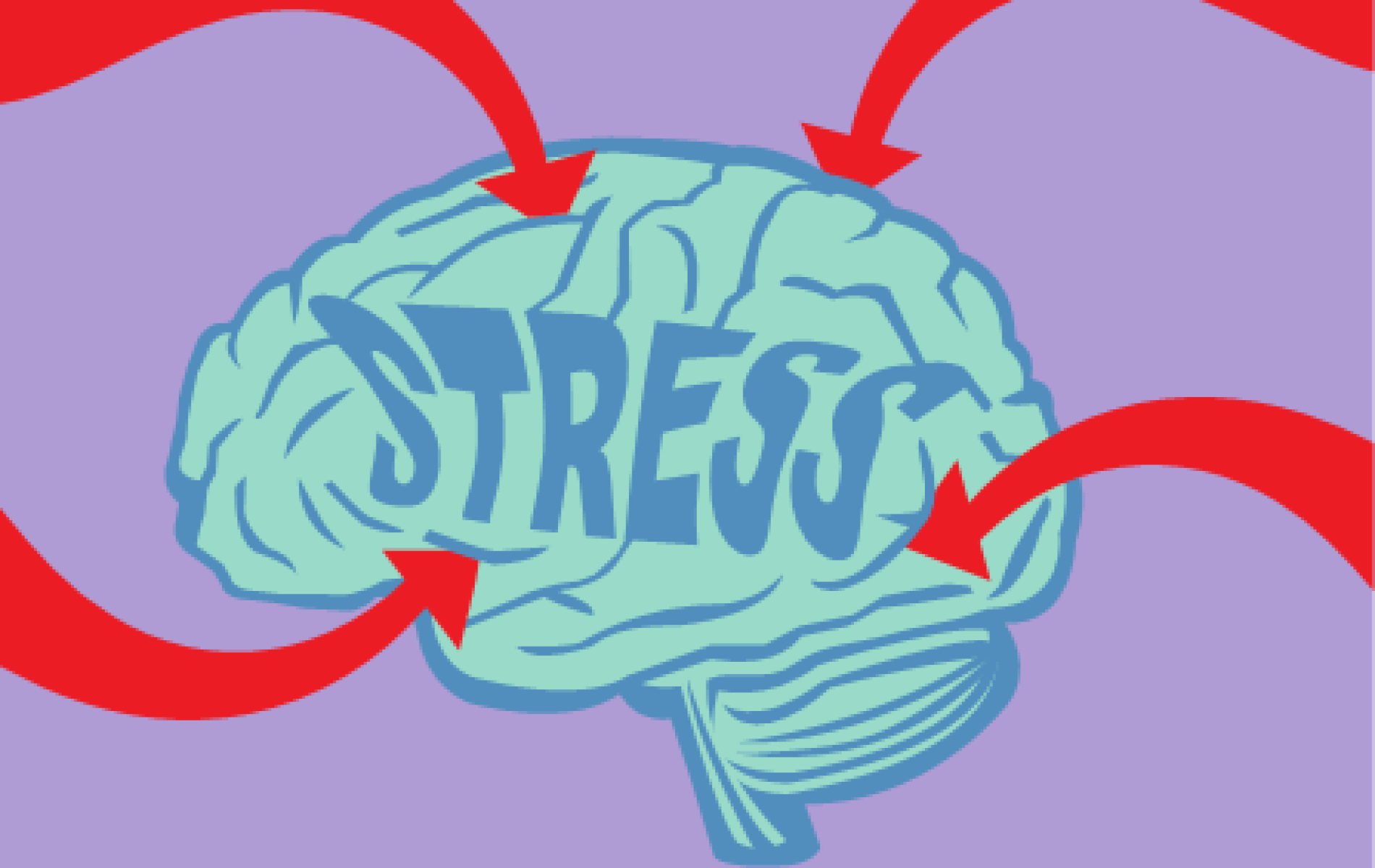ADD vs ADHD – do the two terms mean the same thing or not? The short answer is yes and no.
In one way, the two are the same. ADD, or attention deficit disorder, was the term people used to define a person’s inability to focus for a long time.
The DSM-5, or the Diagnostic and Statistical Manual of Mental Disorders (a resource that mental health professionals use), was updated in 2013, updating the diagnostic criteria for determining someone has ADHD, while the term ADD disappeared. ADHD is currently characterized by an ongoing struggle with inattentiveness and hyperactivity as well as impulsivity, which interferes with daily functioning and/or normal development. Some mental health professionals still use the names interchangeably.
On the other hand, ADD isn’t the same because the term was used to describe a person who struggled with focus but was did not battle hyperactivity.
The name of this type of condition changed before as well:
- In 1968, the DSM-2 was published and the condition was then called Hyperkinetic Reaction of Childhood, which had an emphasis on high levels of movement and activity.
- In 1980, the DSM-3 was published and shifted the focus to impulsivity, inattention and hyperactivity, while giving the disorder one of two names: Attention Deficit Disorder with Hyperactivity or Attention Deficit Disorder without Hyperactivity.
- In 1994, the DSM-3-R removed the diagnosis of “ADD without hyperactivity” and added in the term ADHD.
- Later in 1994, the DSM-4 was released with three subtypes of ADHD, including “predominantly inattentive,” “predominantly hyperactive-impulsive” and “combined,” as well as “not otherwise specified.

One major difference with the DSM-5’s change in 2013 was the criteria for diagnosing ADHD. According to the APA, how and when symptoms manifest make a difference because ADHD presents itself differently in kids and adults.
Additionally, it was previously considered that for a diagnosis of ADHD to be made, a “clinically significant” severity must be present but now symptoms are considered if the quality of life is reduced at home, work, school or in social settings.

ADHD can also now be diagnosed in multiple categories, such as mild, moderate or severe. If symptoms are reduced enough, it can also be considered to be in partial remission.
Recent studies have shown that patients with ADHD have smaller brain volume, especially in brain areas that are critical for attention, being organized, controlling your behavior, and planning for the future (frontal lobes).
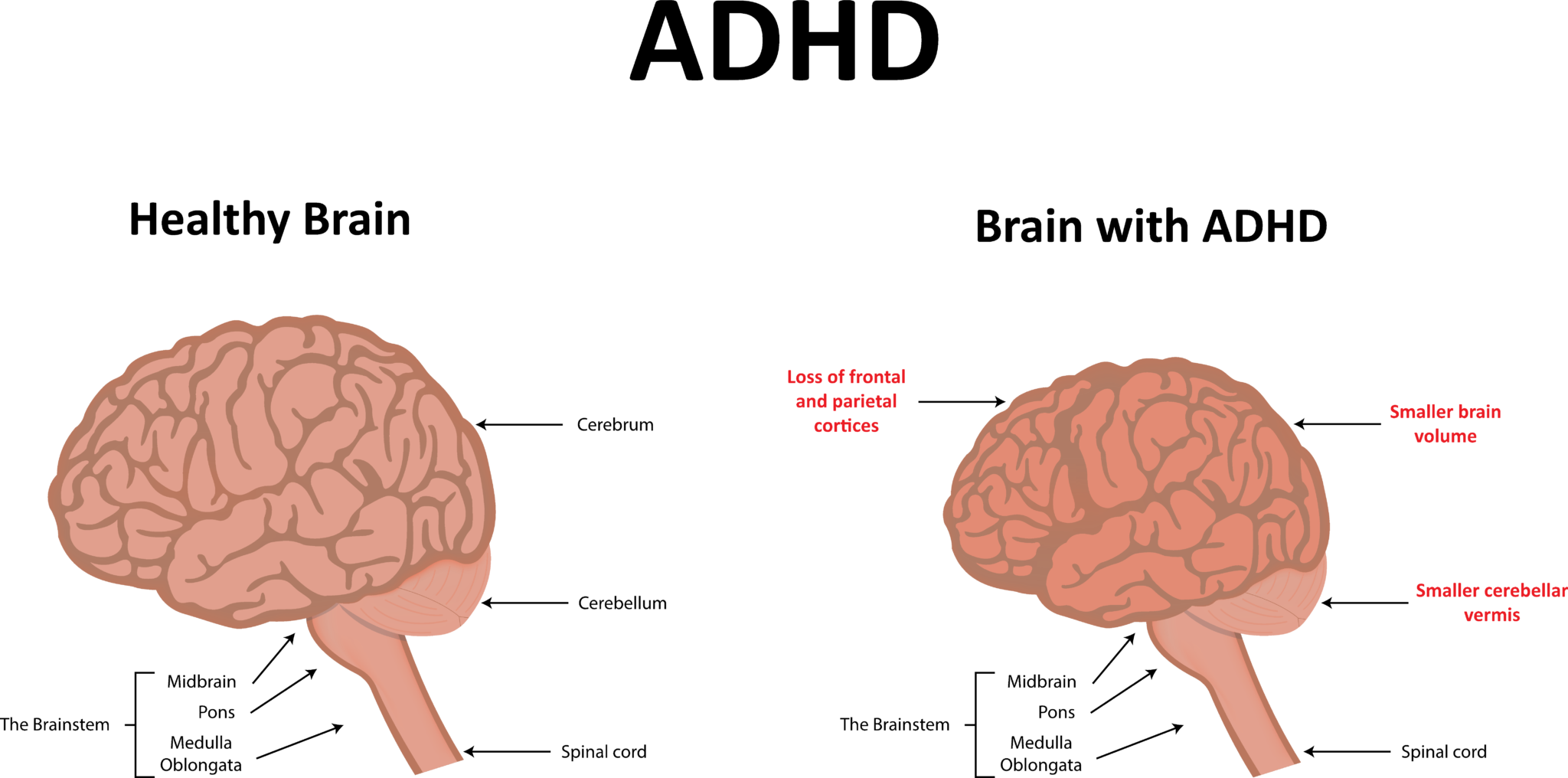
As a result of these variations in the brains, children and adults with ADHD also commonly suffer from anxiety, stress, irritability, and personal conflicts.
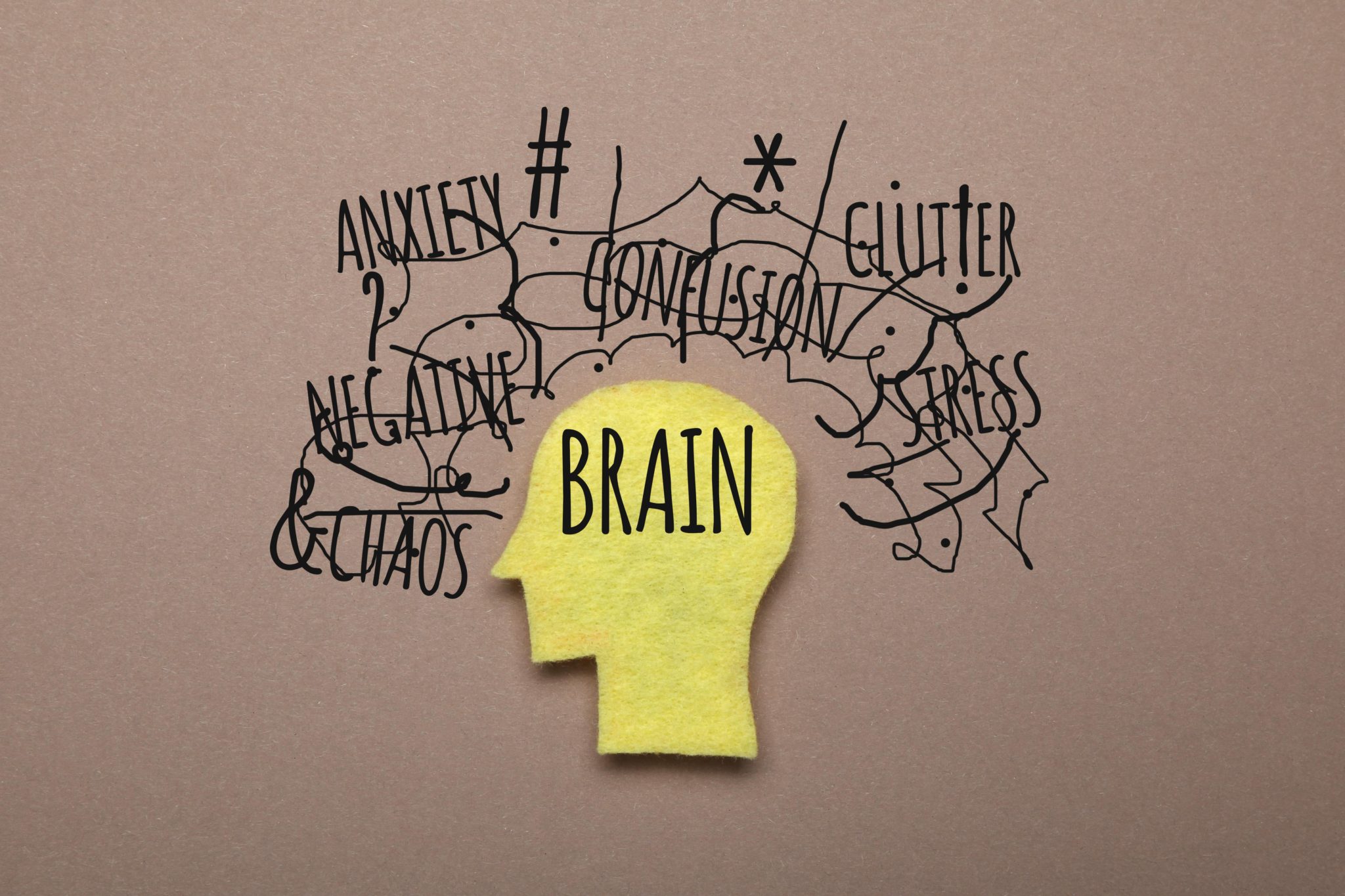
Types of ADHD Today
According to the DSM-5, there remain three different types of ADHD. But what do they all mean?
Inattentive
Inattentive ADHD lines up most with the age-old term, ADD. A person with this level of ADHD might feel an inability to focus, spacey or distracted without symptoms of hyperactivity or impulsivity.
Predominantly Hyperactive-Impulsive
People with hyperactive-impulsive ADHD experience symptoms of hyperactivity and impulsivity more so than inattention. These people may be characterized as constantly moving or fidgety. They usually think after they act and seem to be hyper.
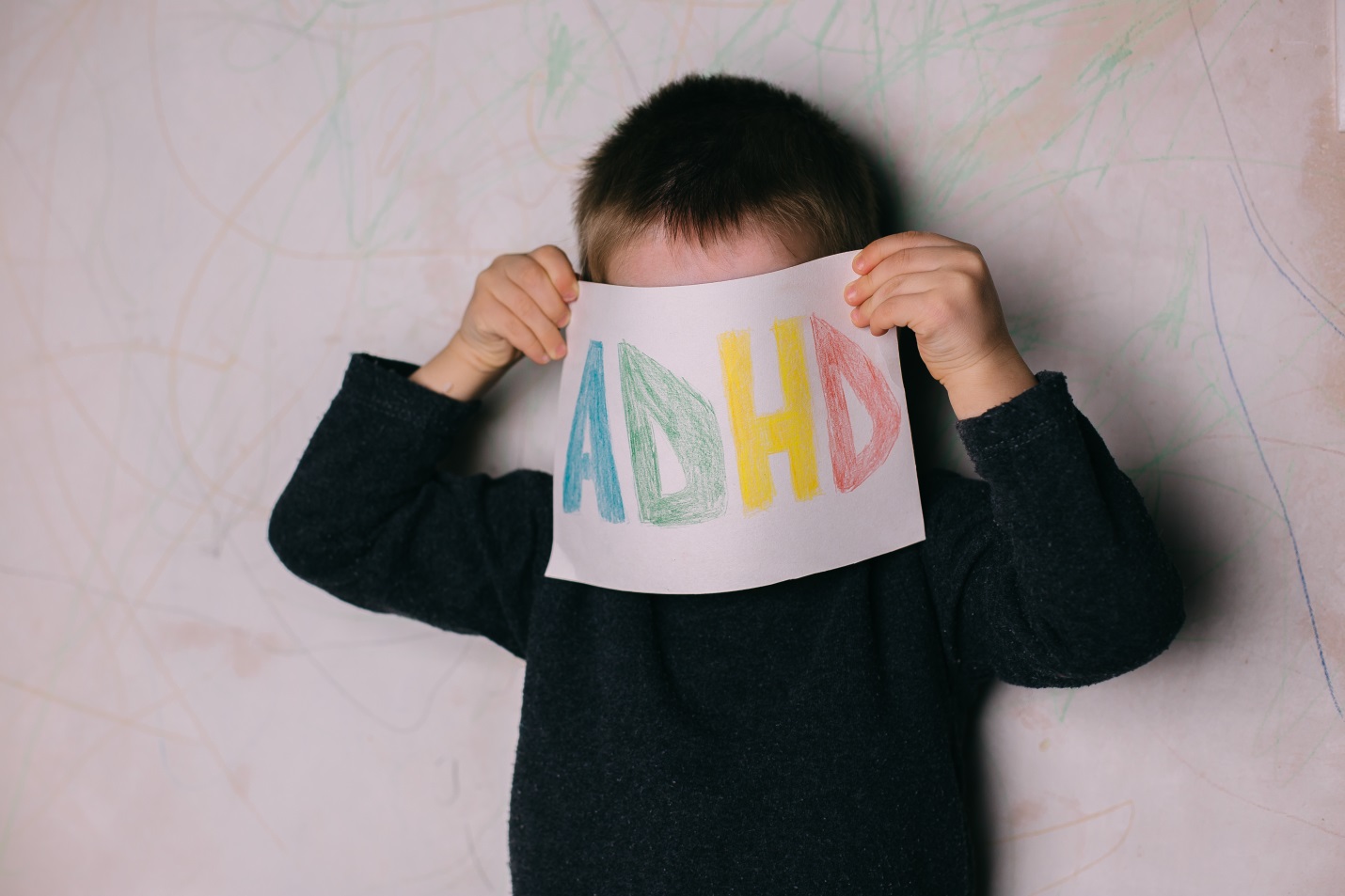
Combined
This type of ADHD is characterized by all three symptoms: inattention, impulsivity and hyperactivity. According to the National Institute of Mental Health (NIMH), the majority of children with ADHD have this type.
How ADHD is Treated
ADHD has no cure but the symptoms can be managed. Treatment options can be found along several different avenues, each of which focus on improving one’s quality of life on a personal, professional and or academic level.
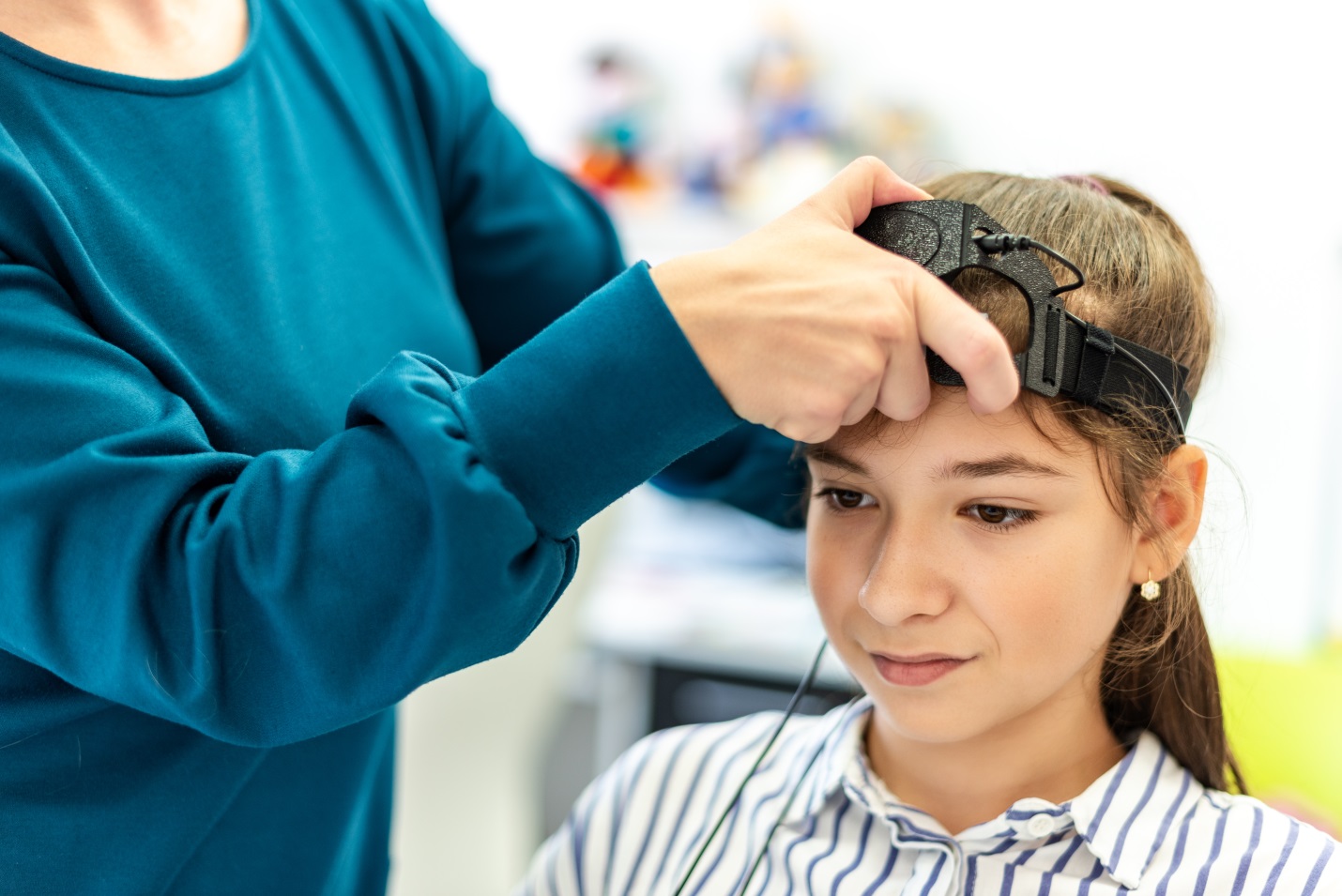
Treatment options for ADHD include:
- Psychotherapy
- Behavior therapy
- Support groups
- Stimulant medications, such as central nervous system stimulants to help with concentration and focus, including Concerta, Adderall, Dyanavel, Vyvanse, etc.)
- Non-stimulant medications, such as Strattera, Clonidine, Guanfacine and Atomoxetine
- Neurofeedback
ADHD is a common problem that can be treated. To learn more about ADHD and how you or your loved one can receive help, see how the professionals at NeuroGrow can help treat ADD and ADHD without medications – with a combination of neurofeedback and brain coaching.
————–
This blog was written by Ms. Courtney Cosby, and edited by Dr. Majid Fotuhi.


